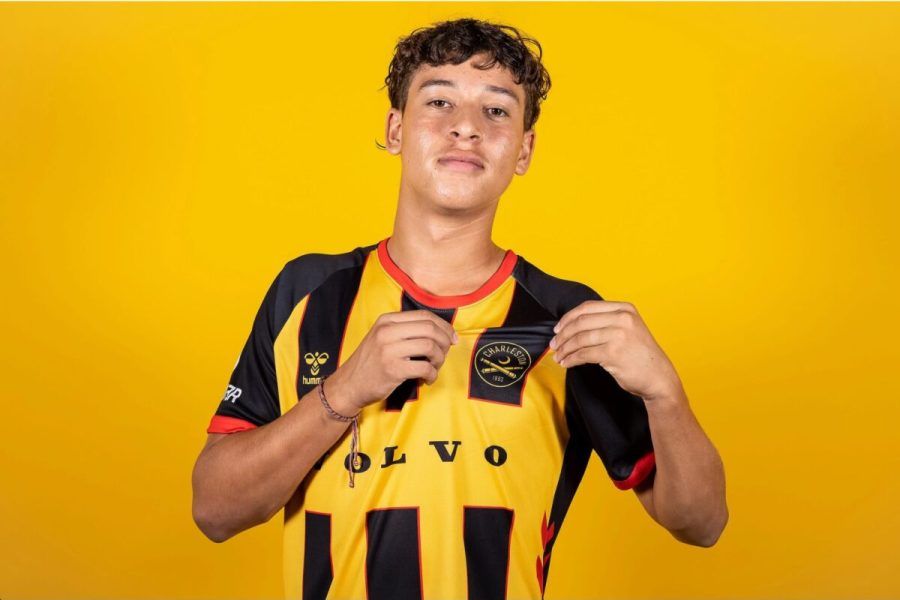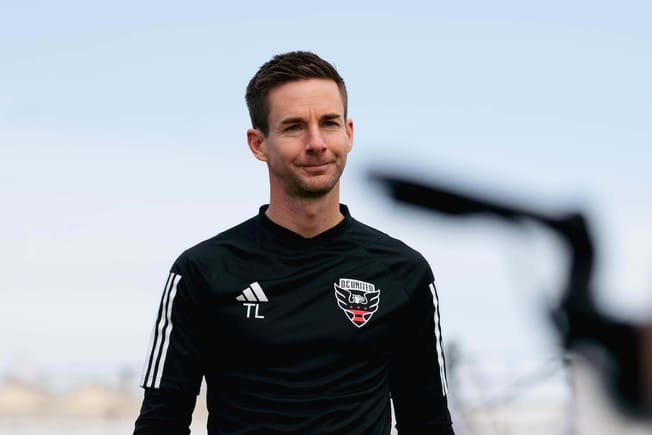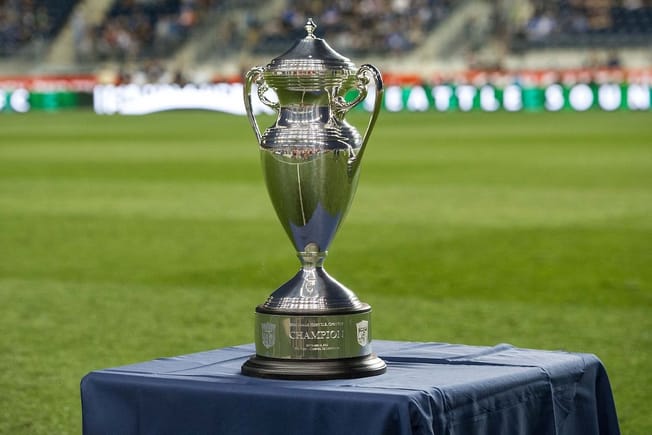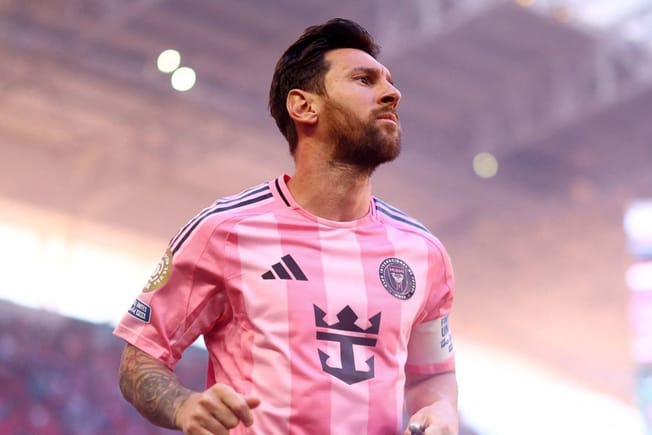Quick Hits
- After yet another example of an MLS academy player leaving the first division for a lower-division team, a youth development trend is clearly developing before our eyes
- Today, we’re examining this MLS to USL trend in detail
This is an excerpt from Monday’s Weekend Recap. Subscribe to our free newsletter to get future editions of the Weekend Recap delivered right to your inbox.
Last Friday, the Charleston Battery announced the signing of 16-year-old Fidel Barajas, a winger with appearances for Mexico and the United States’ youth national teams in 2022. His multi-year contract in the USL Championship meant a move away from the San Jose Earthquakes and their academy system.
Barajas’ move is an exciting step for him, but it also symbolizes a larger trend of high-profile youth products opting for the second division.
LOWER-DIVISION PRECEDENT
Kobi Henry is the most obvious example of young stars leaving MLS’s youth pipeline. Recently sold by Orange County SC for $700,000, Henry spent two years between Orlando City and Inter Miami’s academies before signing a professional deal in the USL. Orange County offered the youth international immediate minutes in a high-caliber playing environment, one in which he could raise his profile quickly.
The USL to Europe pipeline is getting stronger. USYNT and former Orange County SC center back Kobi Henry is headed to Stade de Reims in France for a record fee that could rise into the “millions”.
— Backheeled (@Backheeled) June 14, 2022
More on that here, from @joeclowery.https://t.co/8Ohn7Uheu4
Playing for Orange County would also facilitate an easier sale to Europe as compared to MLS’s more arcane transfer rules. Blame the cut of transfer fees eaten by the single-entity league office or the mismatch between money received and allocation money allotments – either way USL teams simply face fewer barriers and have clearer motivations to sell.
Henry’s example and Barajas’ similar story aren’t without precedent. As far back as 2016, U.S. U-17 star Haji Wright signed with the New York Cosmos of the NASL rather than join up with a first-division academy. Wright leveraged the greater flexibility and exposure into a move to Schalke in the Bundesliga and an international career that included a USMNT appearance in 2022.
Not all players that choose the alternate route go on to smashing success and European glory. Take Jeremy Rafanello, as an example.
After making cameo appearances for the Bethlehem Steel of the USL Championship while an amateur for the Philadelphia Union academy, Rafanello signed a full professional contract with Indy Eleven in 2020. However, he appeared in only nine games for Indy and never made the leap to Europe. The native New Jersian wasn’t retained by the Eleven and joined New York Red Bulls II, where he became a star offensive cog, responsible for more shot attempts than any other player. Bright in the press and useful in attack, Rafanello re-joined the Philadelphia Union on a Homegrown Player deal in August.
Homegrown Signing 🚨
— PhilaUnion (@PhilaUnion) August 23, 2022
Philadelphia Union have signed midfielder Jeremy Rafanello to a Homegrown Player contract.
Welcome to Philly, @JeremyRafanello!
📝 https://t.co/WMqJFlGESK#DOOP | @phlunionacademy | @PennStateMSOC pic.twitter.com/YXkxxiBaqb
WHY THE USL?
For young players like Barajas, the goal of a move to the USL Championship is clear: prove yourself as a capable professional in a manner that MLS cannot provide and earn a move to Europe.
While still boasting a respectable level of competition, players and teams in the USL are simply worse than their MLS peers, which allows players like Barajas to earn immediate minutes. The USL is increasingly capable of supporting young talents as teams improve their developmental pipelines.
Plus, the transfer fees that result from young players moving to Europe can be game changers for USL clubs. Second-tier teams operate with relatively low budgets, and a six-digit return for a teenager with a dozen appearances can fund something like half of a team’s salaries in a given season. Alternatively, those funds can be reinvested to develop even more high-priced youngsters. Every time a Kobi Henry, Fidel Barajas, or Joshua Wynder makes the move to Europe, the USL has a chance to raise its profile as a viable market for big clubs around the globe.
Should MLS worry about a mass talent exodus? No. The conventional pipeline has produced countless stars and solid professionals, and recent history shows that the choice to leave a proven academy is a risk. Still, the trend of MLS academy players leaving for the USL is something to track. MLS and the USL have battled over Orange County’s stadium, and this week’s announcement of Tim Tebow-led expansion into Jacksonville amidst MLS NEXT Pro interest in the Jacksonville Armada represented another source of conflict.
Youth poaching could mark yet another flashpoint between America’s top two league systems.







Comments